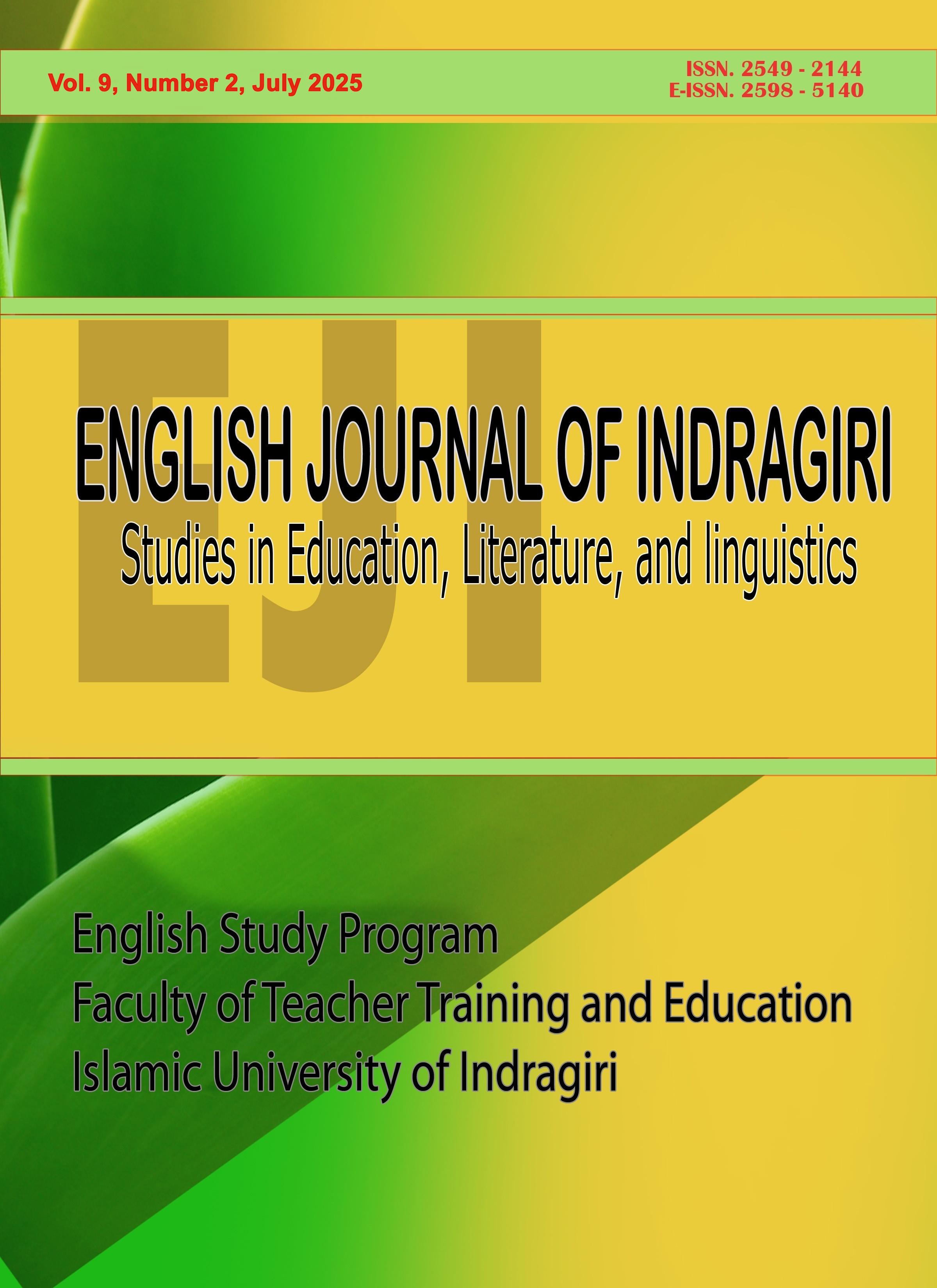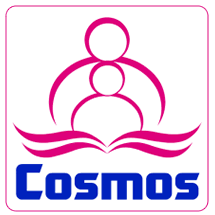Using Gamification Techniques in Teaching English: Empowering Student’s Interest in ELT Classrooms
DOI:
https://doi.org/10.61672/eji.v9i2.2951Keywords:
Gamification, Learning English, Education VideoAbstract
The application of gamification in English language learning aims to overcome the low motivation and student engagement that often occurs due to conventional teaching methods. This research uses a gamification approach through interactive educational video media designed to deliver vocabulary and grammar materials in an engaging manner. The method was applied in teaching and learning activities and observed to assess student responses and learning outcomes. The results showed an increase in students' enthusiasm, active participation, and understanding of the material taught. Students are more likely to remember vocabulary and understand grammar concepts, and show positive responses to learning that becomes more fun and less boring. The findings confirm that gamification through educational videos is effective in creating an interactive learning atmosphere and improving the quality of English learning.
References
F, T. T., I, M. Y., & I, F. (2021). Gamification Model Framework and Its Use In E-learning in Higher Education. IAIC Transactions on Sustainable Digital Innovation (ITSDI), 3(1), 28-35.
Nenden, T., Padang, M. W., Putrisari, G., & Kartika, D. (2024). Penggunaan Gamifikasi dalam Pemahaman Bahasa Inggris Sekolah Dasar. JUPENSAL, 1(3), 470-480.
R, A. A., F, A. F., & M, A. B. (2020). Educational Gamification in EFL: A Systematic Review. International Journal of Language and Educational Studies, 8(1), 56-70.
U, R., Q, A., & A, K. (2019). Implementasi Gamifikasi Sebagai Manajemen Pendidikan Untuk Motivasi Pembelajaran. Edutech, 18(1), 67-69.
U, S., W, A., & D, R. (2021). English Language Education in Indonesia: Challenges and Opportunities. Asian Journal of English Language Teaching, 31(1), 12-28.
S. Deterding, D. Dixon, R. Khaled and L. Nacke, “ From Game Design elements to Gamefulness: Defining Gammification.” Mindrek, pp.9-15, 2011
Ratnawati, S. R., & Werdiningsih, W. (2020). Pemanfaatan E- Learning Sebagai Inovasi Maloney, S. (2019). Gamification in English Language Teaching: More Than Child’s Play. English For Asia.TESOL. Media Pembelajaran PAI di Era Revolusi Industri 4.0. Belajea; Jurnal Pendidikan Islam,5(2), 199. https://doi.org/10.29240/belajea.v5i2.142.
Huber, B., Highfield, K., & Kaufman, J. (2018). Detailing the digital experience: Parent reports of children’s media use in the home learning environment. British Journal of Educational Technology, 49(5), 821 – 833. https://doi.org/10.1111/bjet.12667 Ibtidaiyah,6(1), 1–10. https://doi.org/10.58518/awwaliyah.v6i1.1701
Landers, R. N., & Landers, A. K. (2014). An empirical test of the theory of gamified learning: The effect of leaderboards on time - on - task and academic performance. Computers & Education, 75, 1-12.
Downloads
Published
Issue
Section
License
Copyright (c) 2025 Umi Mujiarni, Indra Perdana, Elanneri Karani

This work is licensed under a Creative Commons Attribution 4.0 International License.




















